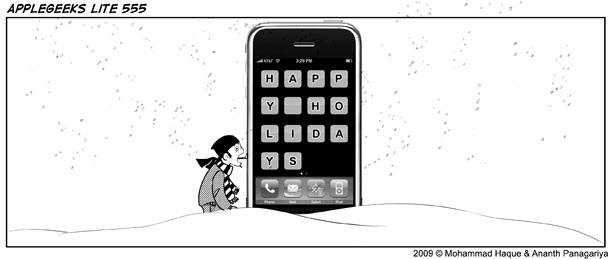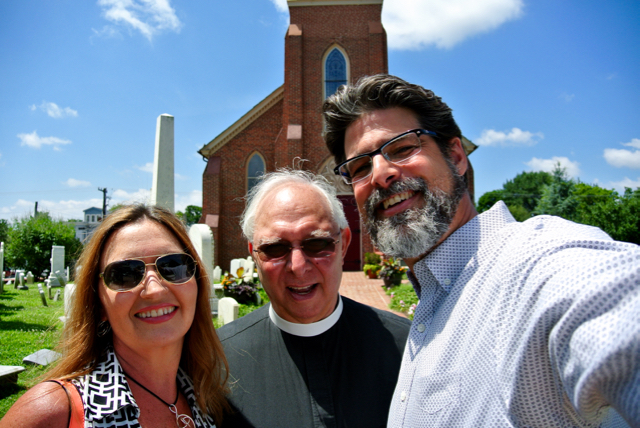UPDATE: Feuererger responds here.
Mark Goodacre of the NT Gateway Weblog posts a letter from Dr. D’Mello clarifying (and problematizing) the odds calculated by Dr. Feuerverger regarding the Talpiot Tomb. I have added a few snippets of it here, but be sure to read it all at Mark’s site and the pdf linked therein.
————————
The correct interpretation of Dr. Andrey Feuerverger’s 1:600 odds calculationJoe D’MelloThere has been plenty of discussion focused on the validity of the numbers and the assumptions used in Dr Andrey Feuerverger’s calculation that results in a 1:600 odds claim. While that discussion is certainly interesting, there is a more fundamental issue associated with the very interpretation of this 1:600 odds calculation….
Second, I am willing to accept the 1:600 result that Dr. Andrey Feuerverger has computed. However, it is the INTERPRETATION of this 1:600 result that is of crucial significance here. The media are touting this 1:600 result as:
Interpretation A: “There is only a 1 in 600 chance that this is NOT the Jesus family tomb.” OR, equivalently, “There is a 599 in 600 chance that this IS the Jesus family tomb.”
This interpretation is mathematically, statistically, and semantically flawed, and I am sure that Dr. Andrey Feuerverger is well aware of that….
If you read through Dr. Andrey Feuerverger’s calculation at the end of the PDF file on the Discovery Channel website, it is clear that he is restricting his “population” (in a statistical sense) to the roughly 1,000 tombs found in the geographic area in question. He is not basing his calculation on the overall Jewish populace in the area and the time period in question. So, the correct interpretation of his 1:600 odds calculation is:
Interpretation B: “There is a 1 in 600 chance that this particular cluster of names would occur in one of the roughly 1,000 tombs discovered so far”
An alternative but equivalent (to B) interpretation of the 1:600 odds result is:
Interpretation C: “If the Jesus family did indeed have a family tomb (that was among the 1,000 found), then there is a 599 in 600 chance that this particular tomb found is indeed that of the Jesus family”
D’Mello points out (and a comment-or adds that Bayesian statistics is what one wants for this; I have no idea since I never made it past Calculus II!) that the question to be asked is really more complex:
“Suppose that (for argument’s sake) the cluster of names in question did in fact occur in Jesus’ family (assuming that Mariamne was part of that family). Then, what is the probability that there would be at least one other Jewish family in the geographic area in question that had the same name cluster?”
I suspect that if this probability is calculated it would burst Cameron’s bubble and sink his story faster than the Titanic! I would be happy to calculate this probability but would need (ideally) the following data:
1. The name cluster that would make sense to work with (based on the facts known to leading New Testament scholars)
2. The frequencies of these names from a gender perspective. For example: 1 out of every 6 women was named Mary, 1 out of every 12 males was named Jesus, etc.
3. The appropriate geographic area and time period (example: 10 to 110 AD) to consider for this calculation and the population of males and females in that area during that entire time period
4. The percentage of families at that time that would have had family tombsIf I could get help assembling this data, I will be able to quickly compute the probability.
Others are offering possible sources for this data so we will stay tuned to see what his results are!
(Via NT Gateway.)




2 thoughts on “An Analysis of Feuerverger’s Odds on the Tomb”
Greetings. I welcome you to read my own online analysis of the basis for the main points in “The Lost Tomb of Jesus,” including a review of the limits of the significance of the statistics involved, and a look at some bias expressed by one of the scholars involved (James Tabor). It’s at
http://www.curtisvillechristian.org/TombOne.html .
UPDATE: Feuererger responds here.